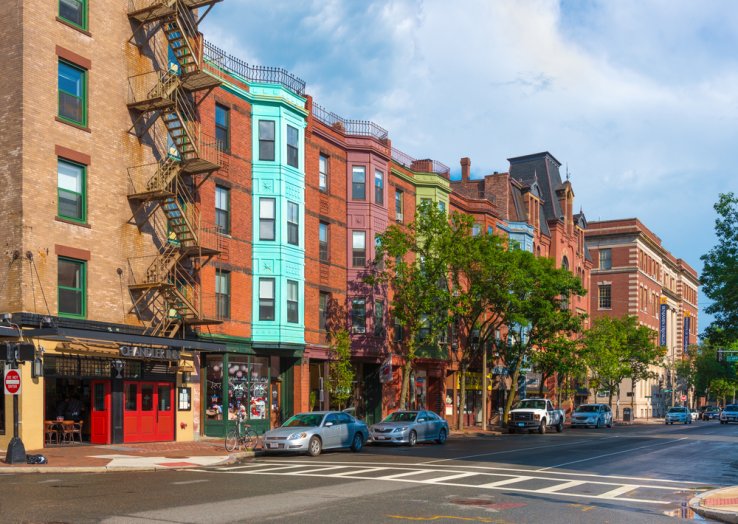<
strong>The city will start by redesigning curb extensions to incorporate elements that improve flood prevention and stormwater management.
On the heels of appointing its first director of green infrastructure this summer, the city of Boston announced a green infrastructure policy aimed at incorporating sustainability and resilience into “certain small-scale, right-of-way city infrastructure projects,” specifically curb extensions.
Writing in Smart Cities Dive, Katie Pyzyk describes the plan, which has three parts: “five alternative curb bump-out designs that incorporate green infrastructure, two maintenance contracts for upkeep at new green infrastructure installations and a volunteer ‘adopt a space’ program for green infrastructure maintenance.”
Curb bump-outs typically are paved, but Boston’s alternative designs convert the small spaces into water management features. New curb extensions must incorporate at least one of the five named green infrastructure alternatives: bioretention, such as rain gardens; surface infiltration, such as tree pits; porous paving materials; subsurface infiltration, such as underground stone or sand; and one-time seeding for low-grow, evergreen grass or wildflowers.
Pyzyk describes green infrastructure as “a water management approach that mimics nature’s water cycles” and “incorporates plants and other materials to help stormwater absorb back into the ground and improve water quality through filtration.” According to Pyzyk, “green infrastructure reduces stress on existing ‘gray infrastructure’ — traditional stormwater management elements such as roads, drains, gutters, pipes and dams.”

































